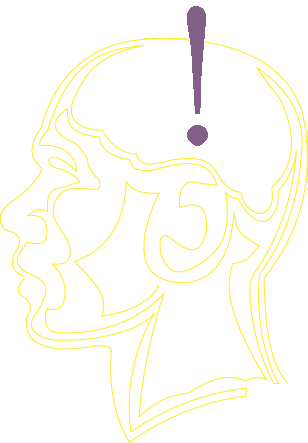

2010 2011 2012 2013 2014 2015 2016 2017 2018 2019 2020
Author(s): Jamie Funk
Presentation: poster
Glioblastoma Multiforme is an aggressive glioma with poor prognosis. The GL261 murine cell line is frequently utilized as a cell-based model system for investigating glioma pathology. An active area of research focuses on the expression of sensory ion channels known to lead to apoptotic signaling pathways. In this study we seek to understand phenotypic changes in morphology and gene expression that arise when cells are grown as free-floating cell aggregates (neurospheres)rather than under adherent conditions. Neurospheres more closely approximate a tumorigenic cell phenotype. They have been shown to express similar sensory ion channels and are capable of inducing tumor formation in mice. In this study we test the hypothesis that GL261 cells will grow as neurospheres upon exposure to epidermal growth factor (EGF), fibroblast growth factor (FGF), and B-27 under serum-free conditions. To examine morphological changes, images were obtained at regular intervals after establishment of neurospheres. Total cellular RNA was purified from both culture conditions in order to perform whole-transcriptome (RNA-sequencing) analysis. This will allow us to test the hypothesis that sensory ion channel expression differs between neurospheres and adherent cells. In summary, these data will allow us to better understand the molecular phenotypes of glial cell derived tumors.
The College of Idaho 2112 Cleveland Blvd Caldwell, ID 8360 USA 208-459-5011 800-2C-IDAHO